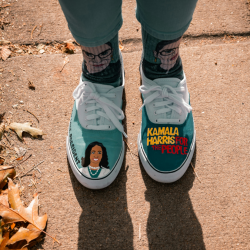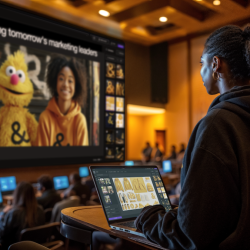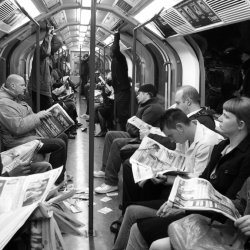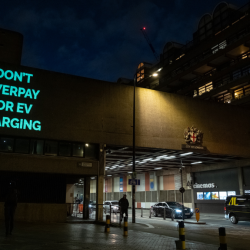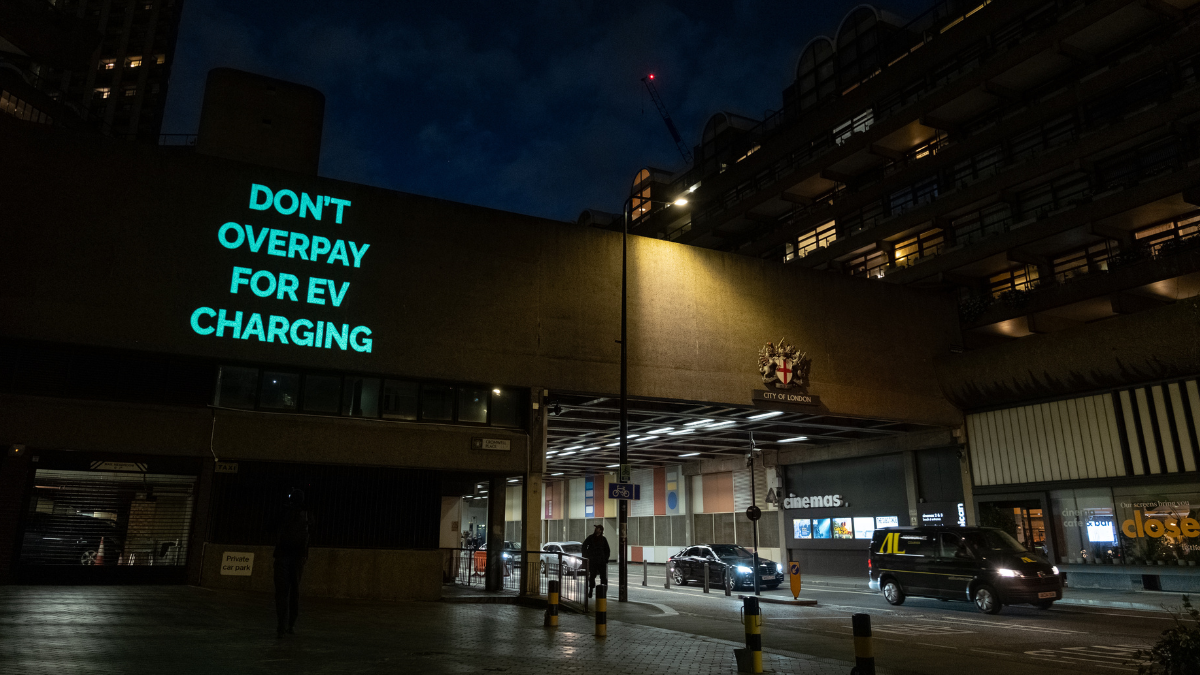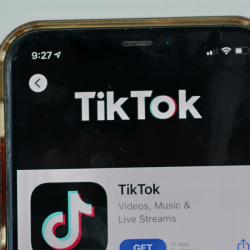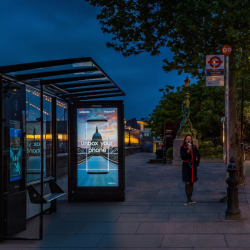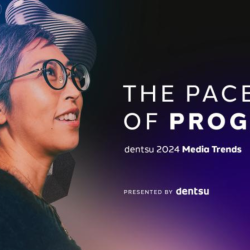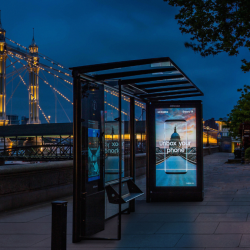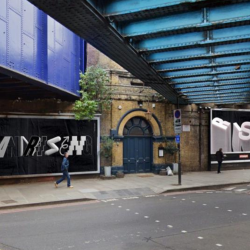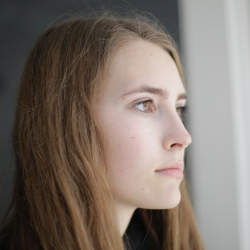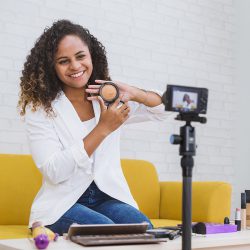2022 has been an interesting year…
The first full year, post lockdown. Government changes left, right and centre. Eyes slowly adjusting to live music, sporting events, hospitality and the inevitable shifting back to daily routine. The public have been abruptly awoken from their hibernation.
The media industry has also had to quickly wake themselves. Channels like OOH have had resurgences, and the gluttony of social spend seems to fall hand in hand with the tragedy of job losses in all but a few.
Digital advertising outside of social has been in an interesting place. It’s grown quietly compared to its more popular brother. Digital has gained a personality as we see developments in Display and Video, such as direct-sold video ads, sponsored display on Amazon and retail media partnerships with the likes of Channel 4.
One area that has seen a real growth is inclusivity, and I’m talking beyond just creative.
Inclusivity is a divisive topic when it comes to approach. A lot of people view it as brand-washing — seeing a monthly push of rainbow marketing during Pride month, rose tinted origin stories for Black History or a change of a profile picture on their socials just to tick a box.
It may be the case we have been working from home, but the past two years have taught users and advertisers alike that we can cut through the nonsense.
So, what does inclusivity mean for the advertising industry especially with the growth spurt digital has had?
If I was a betting man, personally I would say the following areas are positively pushing advertisers in the right direction.
- Dynamic messaging
- Data
- Accessibility
Dynamic messaging
What’s better than one creative? Maybe two, maybe three, maybe 100! Though 100 isn’t possible, unless you want to work weekends and create a new day for the week, dynamic messaging comes close and is a nifty way of solving the issue.
Dynamic creative in a nutshell allows personalised messaging to appear in the creative, using different API feeds or creative dedicated to certain audience profiles. This allows a greater connection to the user, providing stronger relevancy and the opportunity for inclusive messaging and imagery. A simple and effective way to not require brand-washing. Brands can adopt this approach all year round.
Data
In the world of advertising, data is as old as time. So why does it make the list? With data constantly evolving it has provided an opportunity for brands right under their noses. Brands with the right strategy and mentality can utilise data to ensure the right audience and environment is being met.
Unfortunately, this isn’t something which is being truly utilised especially when it comes to inclusivity. The data is available, and the agencies are pushing for more diverse and accessible reach, but most brands come back with restrictive placing or wanting to reach everyone. With just a bit more thought and education, data does allow them to tick both boxes.
Accessibility
Lastly, we have accessibility, the practical side of inclusivity. Again, something which has been applied to websites for years. Increase font size, make it neurodiverse friendly, translation etc.
This hasn’t really wandered into advertising, and one thing to focus on is language. Media has always adopted a ‘one country, one language’ approach. But as society has become more multicultural, that frame of mind is a little outdated. Full disclosure… companies like ours, Hoopla Digital, are trying to bridge that gap. Hoopla Language is a tool which offers users flexibility of translating to their preferred language, meaning more attentive focusing on the messaging, rather than self-translating.
Advertising and marketing should be seen as the forefront in social developments. Brands want to appeal to us, and want to mirror us. As we end this year and come out of hibernation, we need to look and see how we can approach 2023 on a stronger front.
Featured image: Liam Andrew / Unsplash
